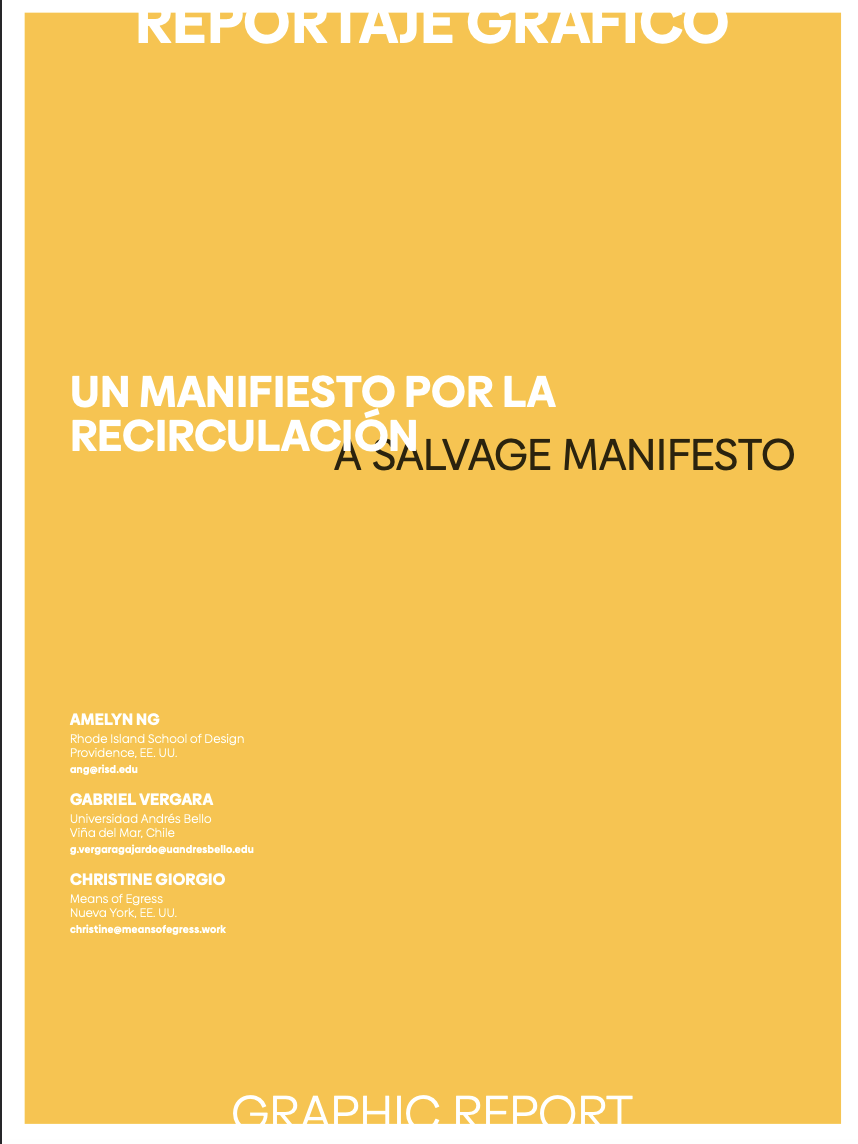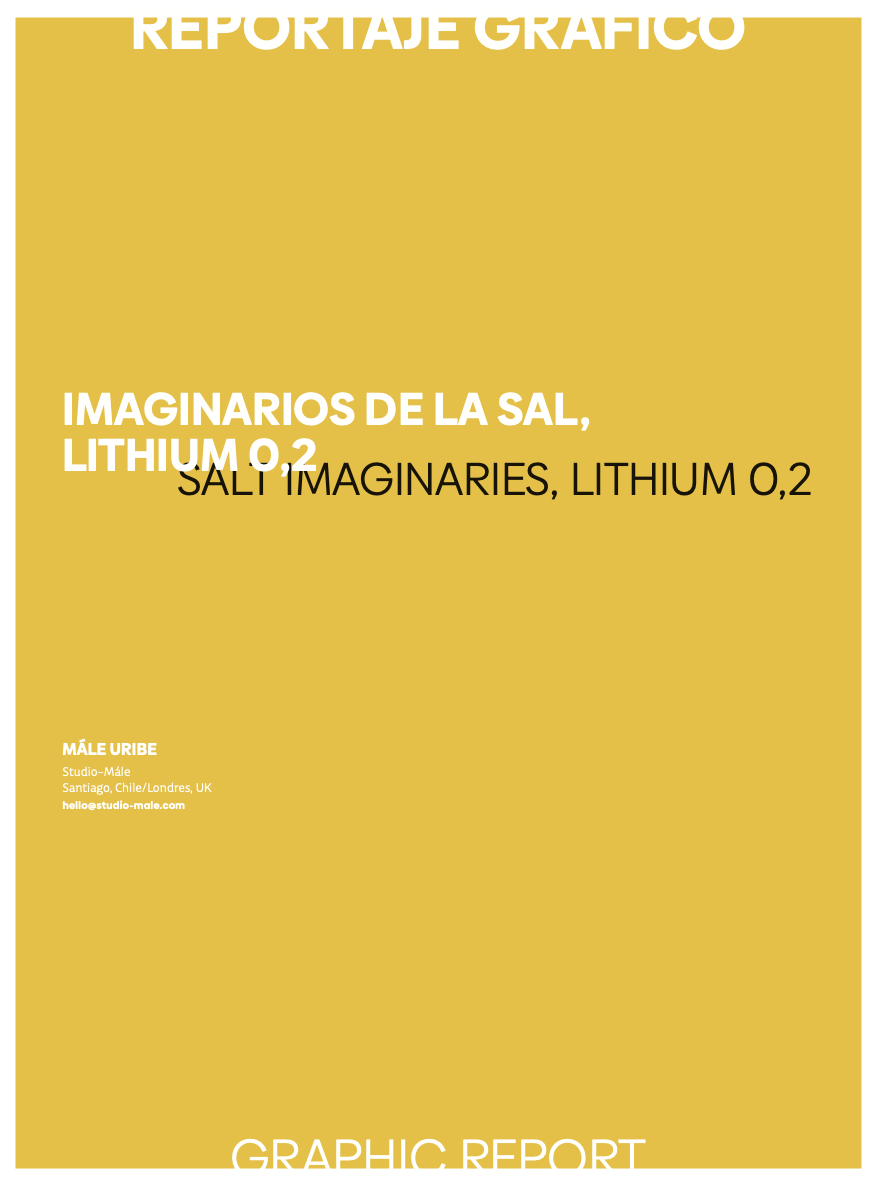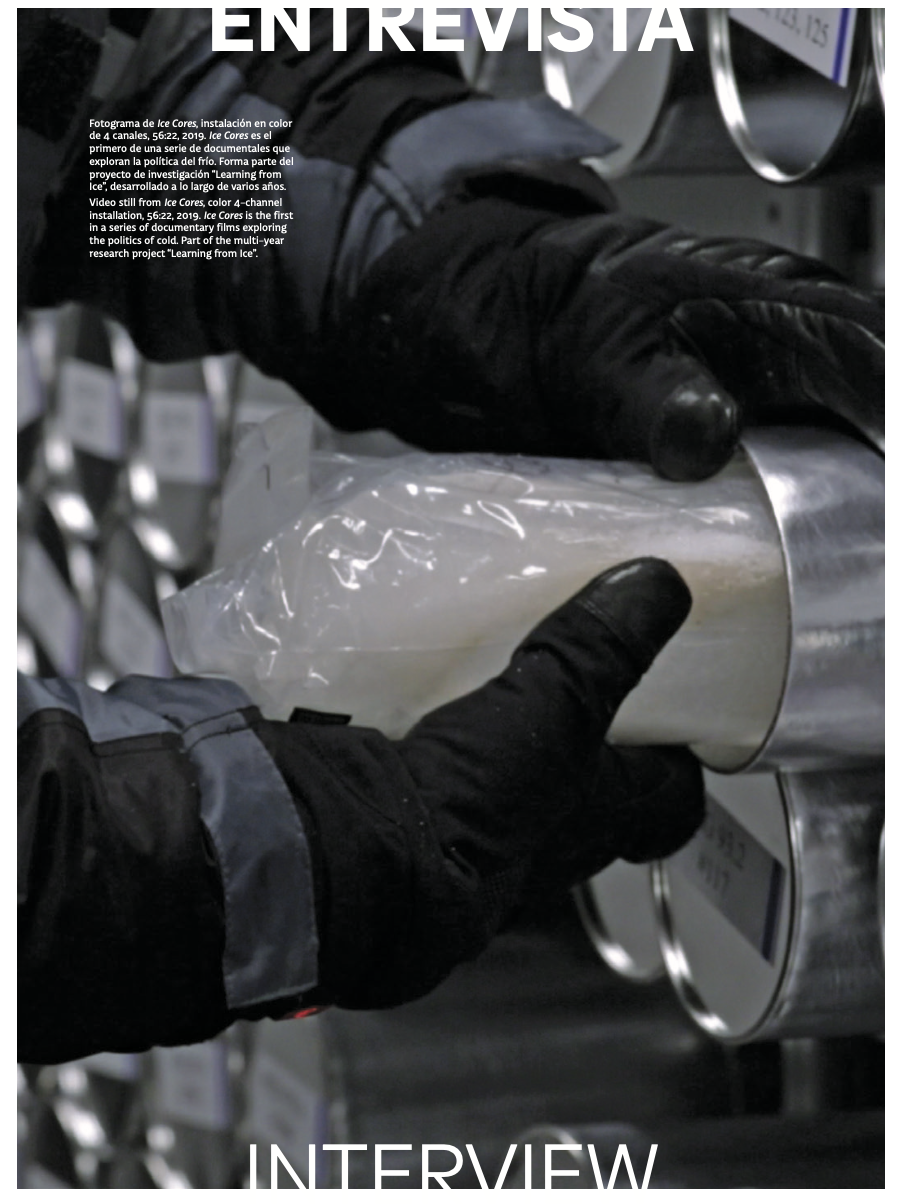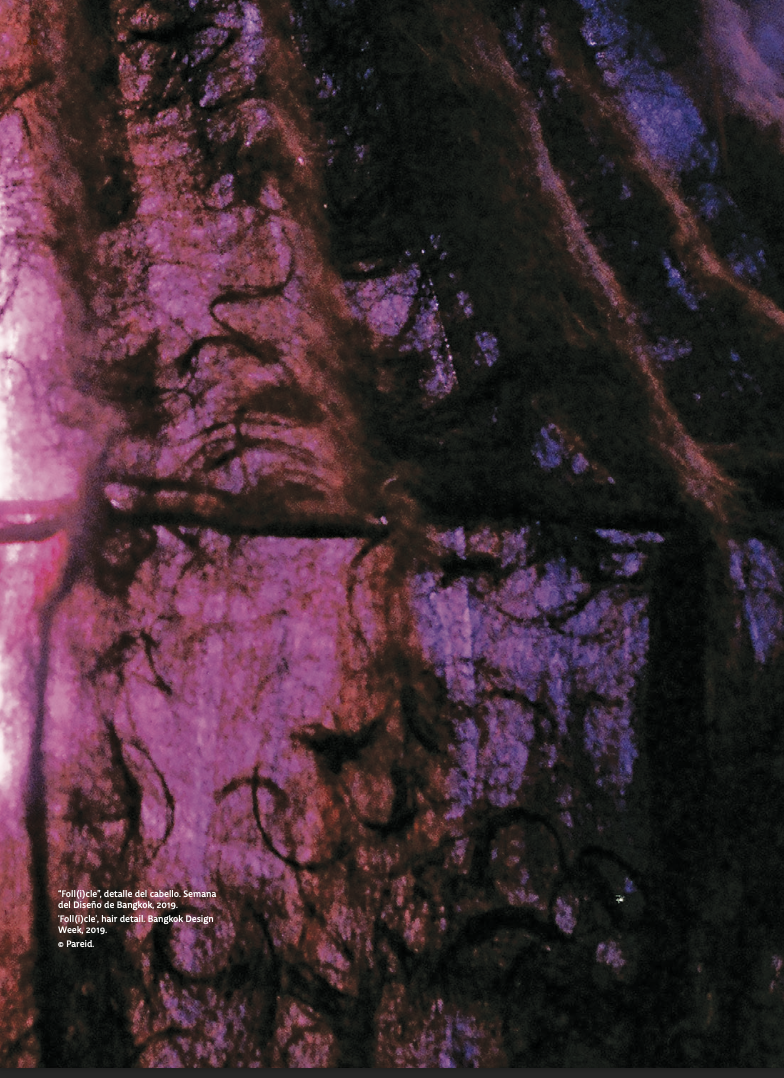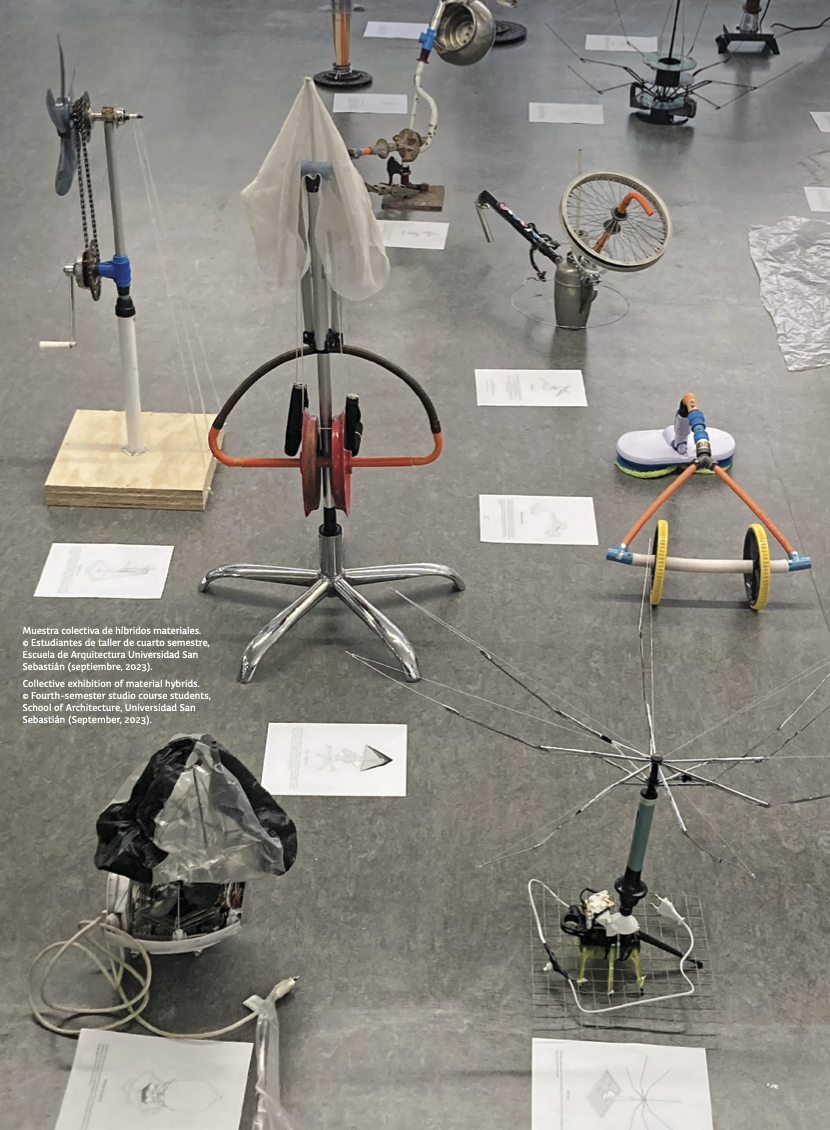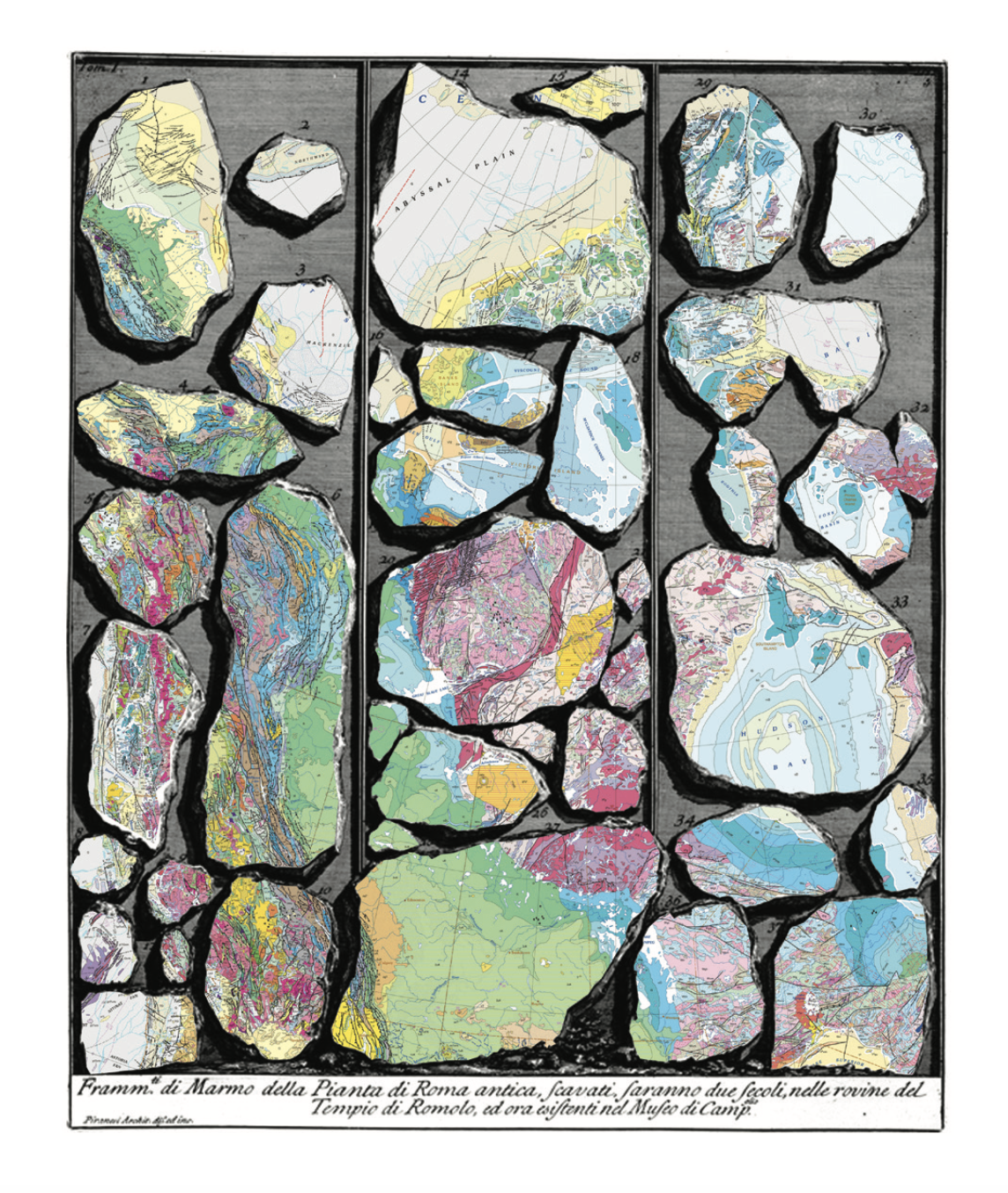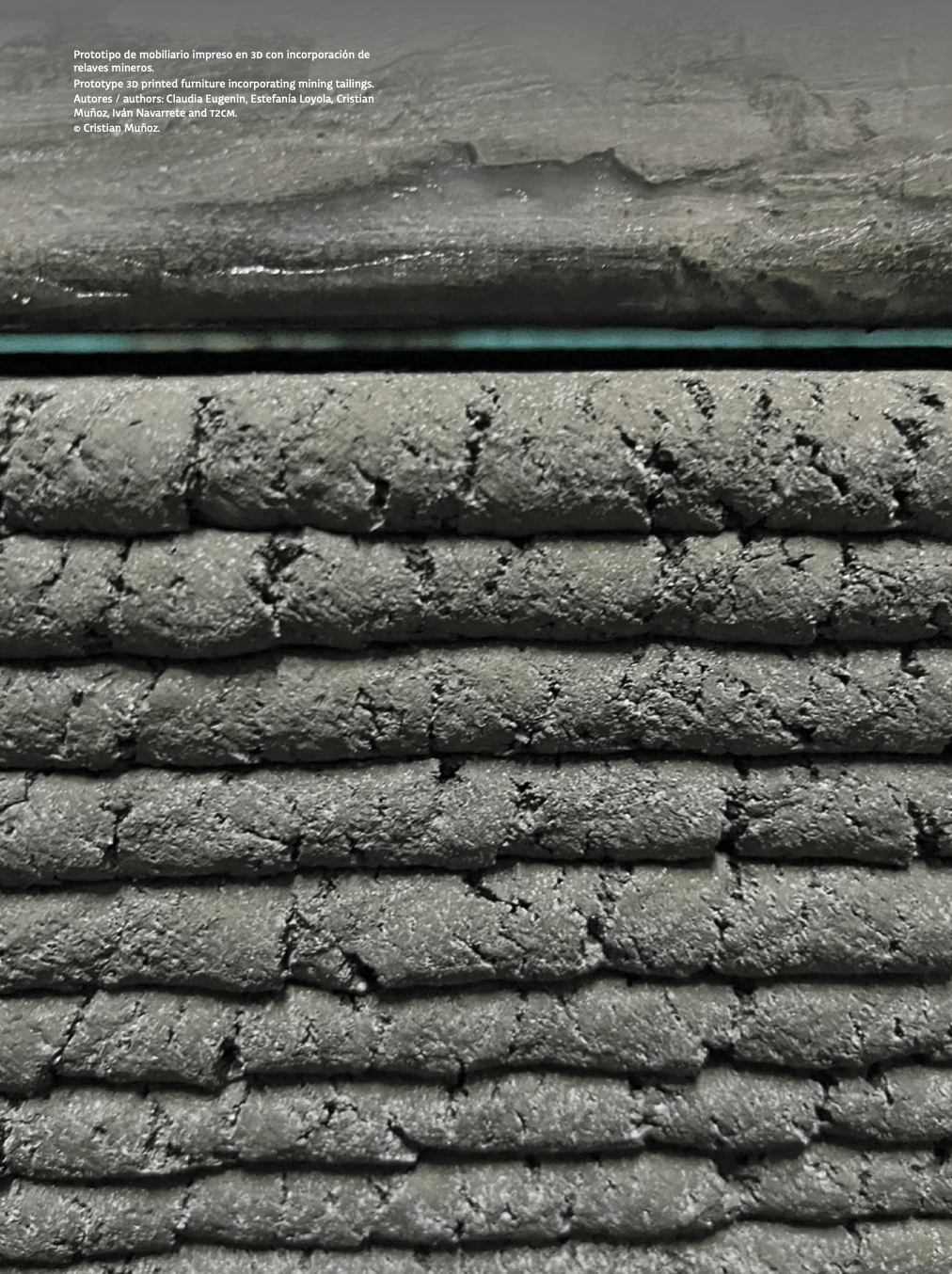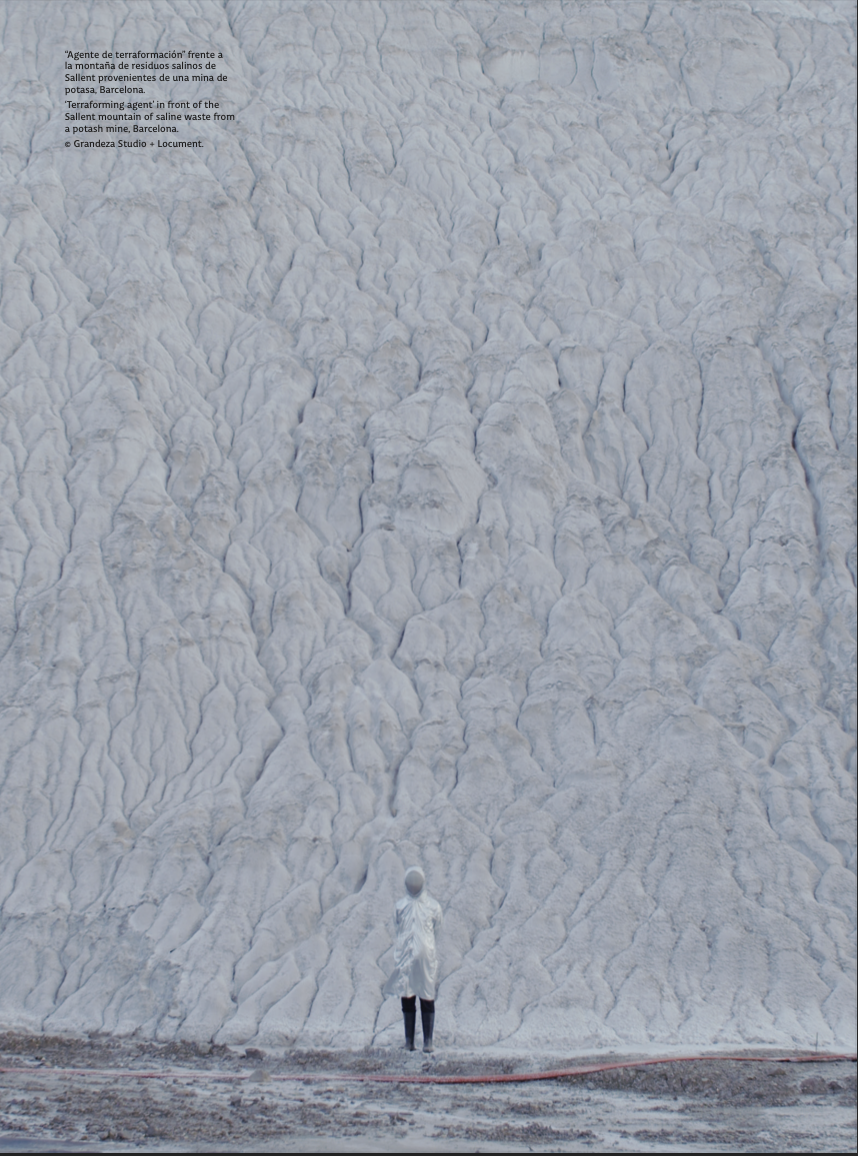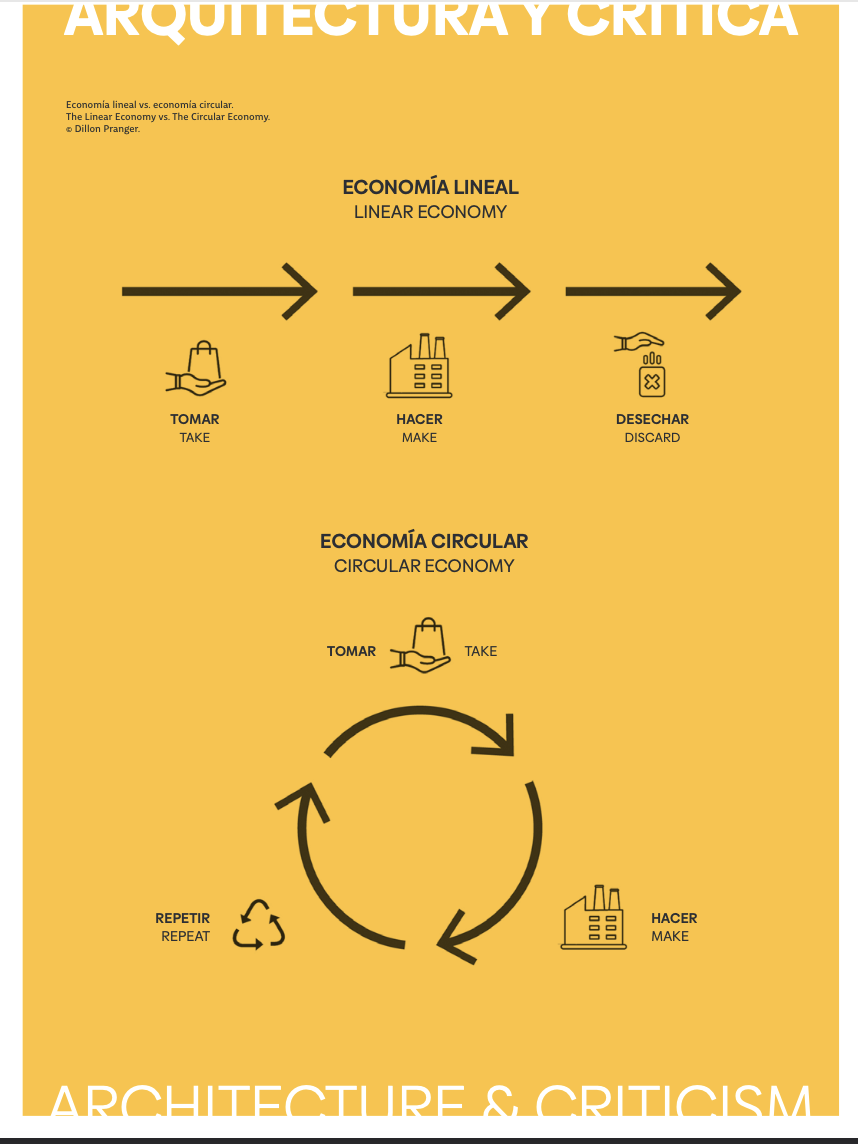CALL FOR PAPERS
MATERIA ARQUITECTURA N°26
CARTOGRAPHY & RESISTANCE: LINES AND BODIES IN FLIGHT
Guest editor: Víctor Cano-Ciborro
The editors invite you to submit papers reflecting the state of art in the discipline, preferably derived from academic research.
Publication date: August 2024.
Submission deadline: April 26, 2024
“A new cartographer”. This is how philosopher Gilles Deleuze referred to his colleague Michel Foucault, highlighting his ability to examine the constructed reality by power relations –forces– that are usually invisible or invisibilized. Cartographying these spatial dimensions is of great relevance in the field of architecture, as it positions us in an architecture that is not limited to surfaces, figures and objects, but expands and becomes sensitive to the forces that promote them and the bodies that construct them.
In Discipline and Punish: The Birth of the Prison, Foucault links the architectural types implemented by the State in the eighteenth century -school, workshop, hospital, prison- to the normalization of the body. Despite their formal differences, they all shared the same forces, using a "disciplinary diagram" that sought to enforce behavior in confined spaces. They aspire to an architecture without any kind of "obstacle, resistance or friction," something that Foucault himself radically rejected, assuring that there will always be an escape, a line of flight, a resistance, however minimal. And it is precisely in these cracks that an architecture of resistance will emerge, built by bodies in resistance. Bodies defined by their power, by what they can do. Bodies that are hypersensitive to lines of flight in oppressive and alienating contexts.
But what is an architecture of resistance? how is it constructed? At what scales? from what fissures? what forms and forces drive it? what is its sensitive regime? what degrees of visibility does it offer? is it clandestine? which bodies in resistance promote it and who tries to avoid it? And above all, how can we map it?
Cartography is not tracing or reproducing, it goes beyond outlining buildings and streets. Cartographying involves thinking spatially beyond the purely quantitative, formal and delimited, to visualize a spatial reality full of subjectivities, temporalities, displacements, tensions and corporealities of all kinds. It seeks to be graphic evidence that questions and expands knowledge and, like those bodies in resistance, it operates beyond the purely optical and visual, being haptic and tactical. Cartography is sensitive not only to forms, but to forces. There are no innocent lines in cartography.
Throughout the 26th issue of Materia Arquitectura, we are looking for the cartography of resistances that are being built in the conflicts of the present, but also those that are still silenced in the archive, with the intention of recognizing ‘bodies’ –human and non-human, subaltern and outside the norm, clandestine or oppressed, with ignored or unrecognized identity– and ‘territories’ –borders, peripheries, refugee camps, ghettos, colonies, slums, shantytowns, popular neighborhoods– traditionally excluded from architectural thought because of their mundane and subversive conditions.
From this critical position, which reveals that architecture has never been neither innocent nor neutral, we seek contributions and case studies that illustrate the potential of resistance as a spatial and architectural practice of great relevance in the contemporary context.
Current Issue
No. 25 (2023): Materia Arquitectura 25 (Diciembre/December 2023)

This issue of Materia Arquitectura inquiries into various material forms that make evident the intricate networks and layers that compose the physical world. LINDA SCHILLING, its guest editor, instigates a discussion about the complicit role of architecture in the gargantuan movements of matter that characterize our epoch. Interviewed in this issue, SUSAN SCHUPPLI examines new forms of material evidence that would create a planetary archive of material witnesses that could enter trials and tribunals to testify. The collective PAREID highlights the potential of human hair for environmental monitoring and reveals the entanglement between environments, bodies, protocols, knowledge, aesthetics, ecologies, and histories. CLAUDIO PALAVECINO y TOMÁS GARCÍA DE LA HUERTA propose a new pact with matter and place waste as the matrix of new narratives that examine power and the aesthetics of the architectural object as a support for life. OPHELIA MANTZ proposes pedagogical tools to navigate between scientific and artistic modes of existence to promote the construction of material ethics for the 21st century. CRISTIAN MUÑOZ and PAULA ORTA explore one of the most widespread and polluting materials, concrete, from two historical perspectives, the formal and the economic; and a future perspective, the ecological one. Through Strata Incognita, JORGE VALIENTE, AMAIA SÁNCHEZ, FRANCISCO LOBO, and ROMEA MURYŃ address the complex relationship between humanity and soils, highlighting the importance of soil as a living archive of human history and future. By critically reviewing the strategies outlined in Building Better - Less - Different, DILLON PRANGER emphasizes that, for architecture to operate as a circular economy, technical and material innovations are not enough: social, economic, ecological, and ethical strategies, are also mandatory. In one of the graphic reports, AMELYN NG, GABRIEL VERGARA, and CHRISTINE GIORGIO propose seeing the built environment as a site of material exchange: a potential urban mine whose materials lie awaiting future harvest. In the second graphic report, MÁLE URIBE analyzes a project based on the resignification of minerals processed and devalued by the mining industry, to build new narratives.
Published: 2023-12-28
